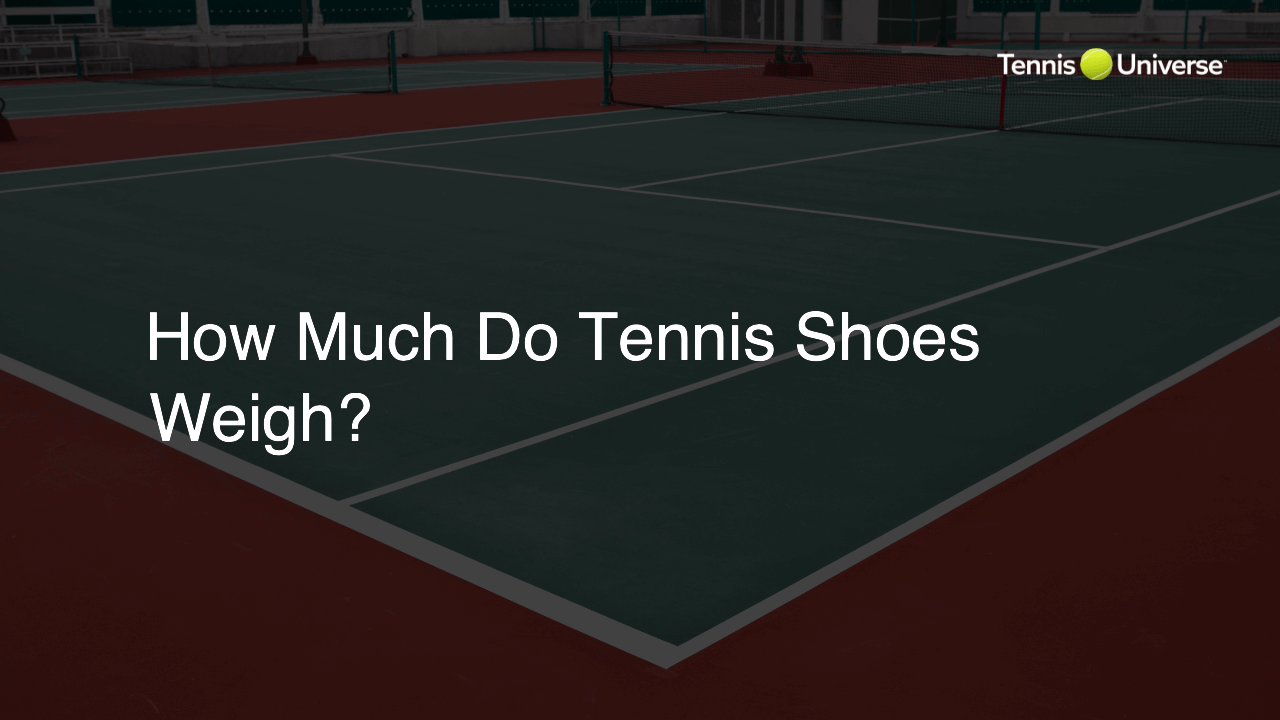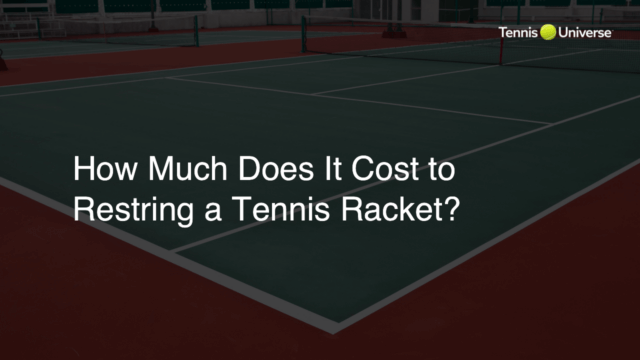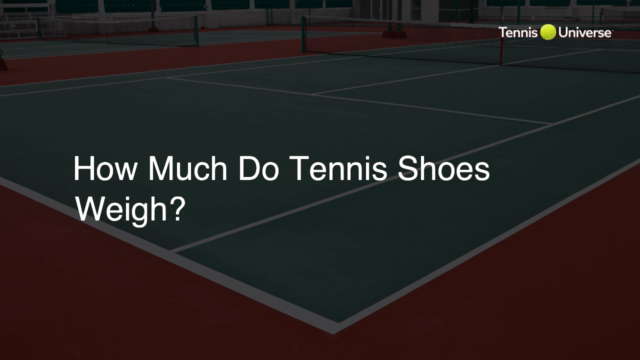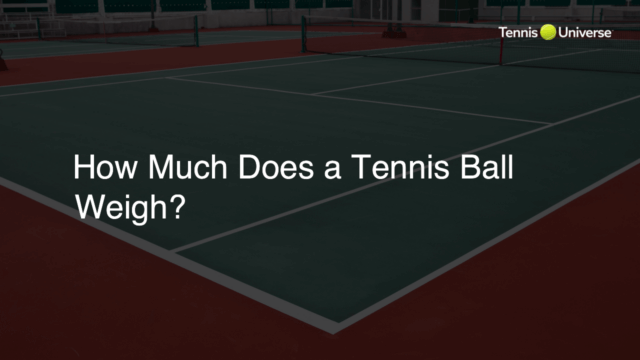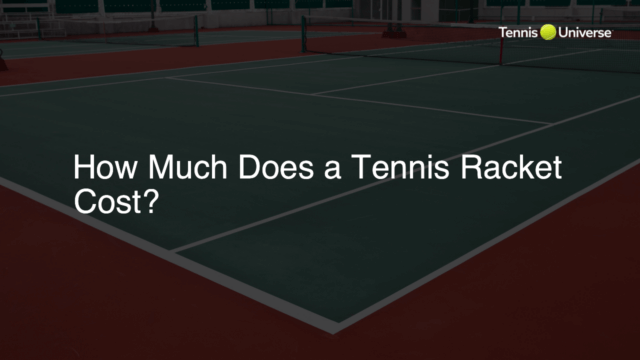Tennis shoes typically weigh between 10-14 ounces (280-400 grams) for men and 8-12 ounces (225-340 grams) for women, with variances depending on factors like brand, material, and design.
Factors Affecting Tennis Shoe Weight
While tennis shoe weight is typically between 10-14 ounces (280-400 grams) for men and 8-12 ounces (225-340 grams) for women, several factors influence these weights:
1. Material
Materials used in tennis shoe construction have a significant impact on weight. Leather and synthetic materials contribute to heavier shoes, while lightweight materials like mesh and synthetic fabrics result in lighter shoes. Moreover, shoe soles made of rubber, EVA foam, or PU (polyurethane) can have varying weights.
2. Size
Shoe size also affects weight. With larger shoe sizes, the materials used in construction are consequently more, which will add to the overall weight of the shoe.
3. Design
Different designs can influence weight as well. Additional padding, thicker soles, or supportive features for stability and durability may lead to increased shoe weight.
Choosing Tennis Shoes Based on Weight
1. Playing Style
Your playing style is an essential factor to consider when selecting tennis shoes. Lighter shoes allow for faster movements and quicker transitions, suiting aggressive players who prefer fast-paced games. Heavier shoes provide added stability and support, ideal for players who need more cushioning during prolonged rallies or lateral movements.
2. Court Surface
The type of tennis court you play on should also influence your shoe choice. For hard courts, durability and support are crucial, so a slightly heavier shoe may be preferable. On clay courts, lighter shoes with excellent traction enable quicker movements. For grass courts, lightweight shoes with a suitable grip are ideal to avoid slipping.
Tennis Shoe Weight Vs. Tennis Racket Weight
It’s worth noting that tennis shoe weight plays a crucial role in player performance, similar to that of a tennis racket. Just as players choose rackets based on their playing style and preferences, the same applies to selecting the ideal tennis shoe weight for optimal comfort, speed, and stability.
Proper Tennis Shoe Fit
While considering the weight of a tennis shoe is essential for optimizing your game, it’s equally crucial for your shoes to fit correctly. A suitable fit ensures stability, reduces the risk of injury, and elevates your overall comfort during play. Follow these tennis tips to find the perfect fit:
1. Measure Your Feet
Be sure to measure your feet, as foot size can change over time. Measure both the length and width, preferably later in the day when feet tend to be at their largest. Use these measurements while shopping online or in-store to find the right size for you.
2. Check for Proper Spacing
A good fit should have enough space in the toe box for your foot to spread. There should be a thumb’s width of space between your longest toe and the end of the shoe. Your heel should fit snugly without slipping, and the sides of the shoe should accommodate the natural shape of your foot without squeezing it.
3. Wear Your Socks
When trying on tennis shoes, ensure that you’re wearing the same pair of socks you wear when playing. This will give you a more accurate representation of how the shoes will fit during gameplay.
Maintaining Your Tennis Shoes
Regular shoe maintenance can enhance longevity, mitigate issues, and maintain a comfortable fit. Here are a few tennis tips to help you keep your shoes in excellent condition:
1. Alternate Pairs
Consider rotating between two pairs of tennis shoes. This practice will allow each shoe ample time to recover its cushioning and reduce wear-and-tear resulting from excessive use.
2. Clean and Dry Them Properly
After playing, make sure to clean your tennis shoes of any debris and dirt. Additionally, let them air dry at room temperature to prevent damage caused by intense heat or cold. Keeping your shoes dry will also reduce the risk of unpleasant odors and maintain their structural integrity.
3. Store Them Appropriately
Keep your tennis shoes in a cool and dry environment, away from direct sunlight and extreme temperatures. Proper storage can preserve the materials and prolong the life of your shoes.
FAQ Section: Tennis Shoe Weight
Following this blog post, readers might have some common questions related to tennis shoe weight, how to choose the right tennis shoes, and maintenance. Here are the answers to 5 common questions:
1. How can I find out the weight of my current tennis shoes?
You can use a digital kitchen scale to weigh your tennis shoes. Place each shoe on the scale separately, and ensure that it displays the weight in ounces or grams.
2. Are heavier tennis shoes always better for stability and durability?
While it is true that heavier shoes often provide increased stability and durability, modern materials and manufacturing techniques have allowed some lightweight shoes to offer similar benefits. Always consider factors like playing style, court surface, and personal preferences when choosing your tennis shoes.
3. What specific shoe models are known for being lightweight or heavyweight?
Popular lightweight tennis shoe models include the Nike Vapor series, adidas adizero Ubersonic, and ASICS Solution Speed series. Heavier, more durable tennis shoe models include the ASICS Gel-Resolution, New Balance Fresh Foam Lav, and adidas Barricade series. Note that factors like size and design influence the weight of each model, so always check the specifications before purchasing.
4. Can I use running shoes instead of tennis-specific shoes for playing tennis?
Although it may be tempting, running shoes are not ideal for playing tennis, as they are designed primarily for forward movement and don’t provide proper lateral support. Tennis shoes are specifically engineered for the movement and stability required when playing tennis, which helps prevent injuries and maintain comfort.
5. How often should I replace my tennis shoes?
There is no specific timeframe for replacing tennis shoes, as it largely depends on your usage and play frequency. Generally, players should consider replacing their tennis shoes when the outsole wears down, the cushioning and support start to feel insufficient, or the shoes no longer fit comfortably. Regularly inspecting and maintaining your tennis shoes will help prolong their life.

